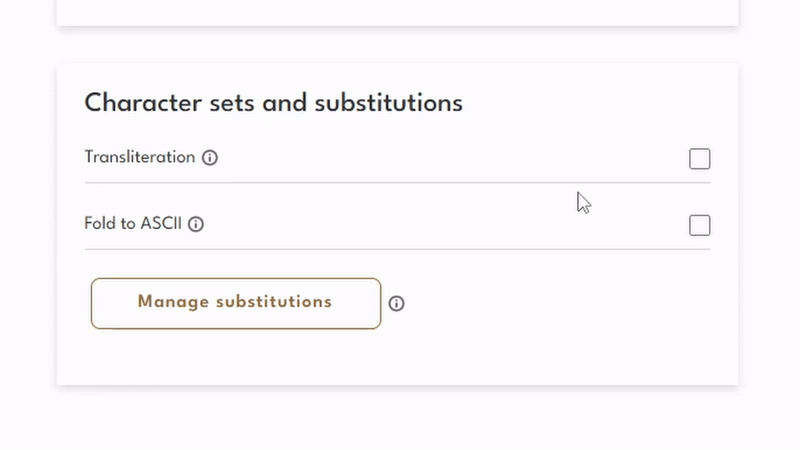Transliteration
What is Transliteration?
Transliteration allows any non-Latin languages/scripts to be returned in Latin script. This also allows users to search using either the non-Latin or Latin script which will still return the same options.
Transliteration is not translation. If we take the word улица in a Russian address above, this translates into English as street but is transliterated as ulitsa.
English, French, Spanish, German, and similar languages utilize the Latin character set. With a Latin keyboard, one can input characters from any of these languages.
66 of our 251 supported countries have addresses in a language that uses a non-Latin character set, as illustrated by the examples below:
Language | Example Address | Transliterated Address |
|---|---|---|
Greek | Θεσσαλονίκης 12 | Thessalonikis 12 |
Russian | Анненская улица 1 | Annenskaya ulitsa 1 |
Chinese | 康麗花園第一座 | KangLiHuaYuanDiYiZuo |
Japanese | JAPAN | 1-9-12 |
Many software applications are incapable of handling non-Latin characters. To overcome this issue addresses are transliterated, letters are swapped in a predictable way with Latin characters.
How do I enable Transliteration?
Navigate to your integration → Select Settings then choose the Advanced tab.
You'll find the transliteration setting in the Character sets and substitutes section. Toggle this on and off as needed.
Note: Transliteration is turned on by default for an integration.

